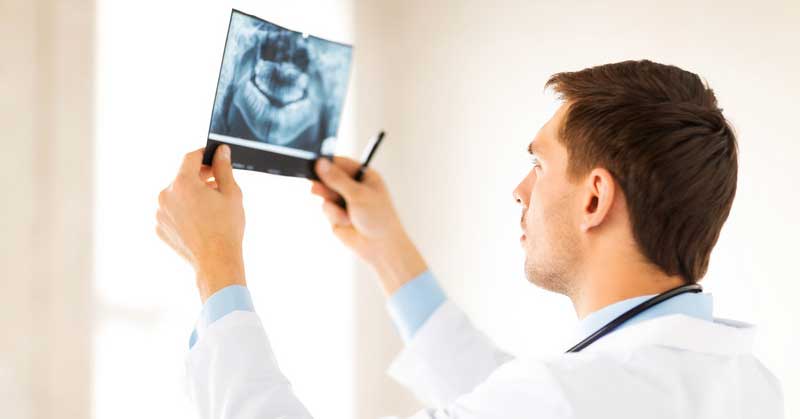 Most people who have been to the dentist are familiar with the drill, so to speak. You undergo examination and cleaning, along with tests to determine the overall state of your oral health. During some appointments, patients also receive dental x-rays.
Most people who have been to the dentist are familiar with the drill, so to speak. You undergo examination and cleaning, along with tests to determine the overall state of your oral health. During some appointments, patients also receive dental x-rays.
While the purpose of having a check-up and cleaning is relatively clear – keeping your teeth clean is the best way to stave off infections and other issues – you might have some questions about the necessity for dental x-rays. Here are a few frequently asked questions you may want answers to.
Why do I need dental x-rays?
Dental x-rays are just another tool in the oral care arsenal. The cleaning and visual examination of your teeth, gums, and the rest of your mouth serve to keep the exposed portions of your mouth healthy.
However, a lot can go on beneath the gum line or inside of teeth themselves that dentists cannot see without x-rays. While you might wonder why you need x-rays when there’s no outward indication that something is wrong, this tool can provide early warning of potential problems (like small cavities), allowing for treatment before they become much bigger issues.
How often should I get x-rays?
The frequency of x-rays varies by dental office and by patient. Some patients may only need x-rays annually, while others need them every six months, or even more frequently, depending on developing conditions.
Dentists make careful assessments about if and when patients need x-rays, carefully weighing the benefits and potential risks before deciding on any tests or courses of treatment. If x-rays are recommended, it is likely with good reason.
Why do I need different types of x-rays?
There are a few different types of dental x-rays, each with different benefits. You may need multiple types of x-rays in order to create a complete assessment of your oral health.
Bite-wing x-rays are the most common, and they are so called for the plastic wing you bite on to hold the film in place while the x-ray is taken. This type of x-ray shows hard-to-reach molars and bicuspids, where cavities are most likely to form.
There are also periapical x-rays that show an entire tooth all the way to the root; panoramic x-rays that display the entire mouth, including both jaws; and a variety of other x-rays with specific purposes.
Should I be worried about radiation from x-rays?
This is a concern for many patients, but the amount of radiation involved in dental x-rays is minimal and patients are provided with all possible protections, including a lead-lined apron to cover portions of the body that could be exposed to x-rays. Plus, you’ll only receive x-rays when necessary so as to avoid undue risk.

